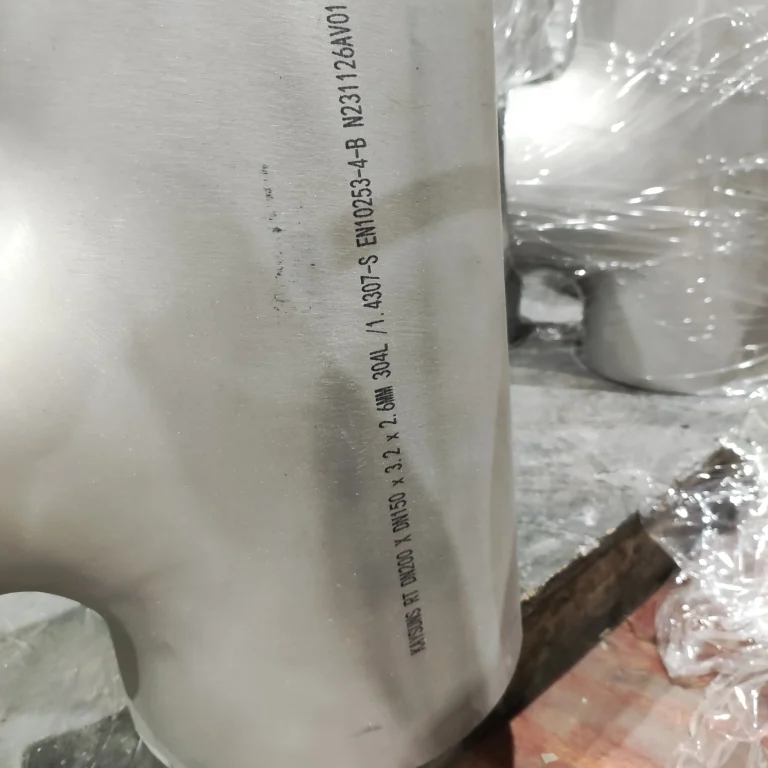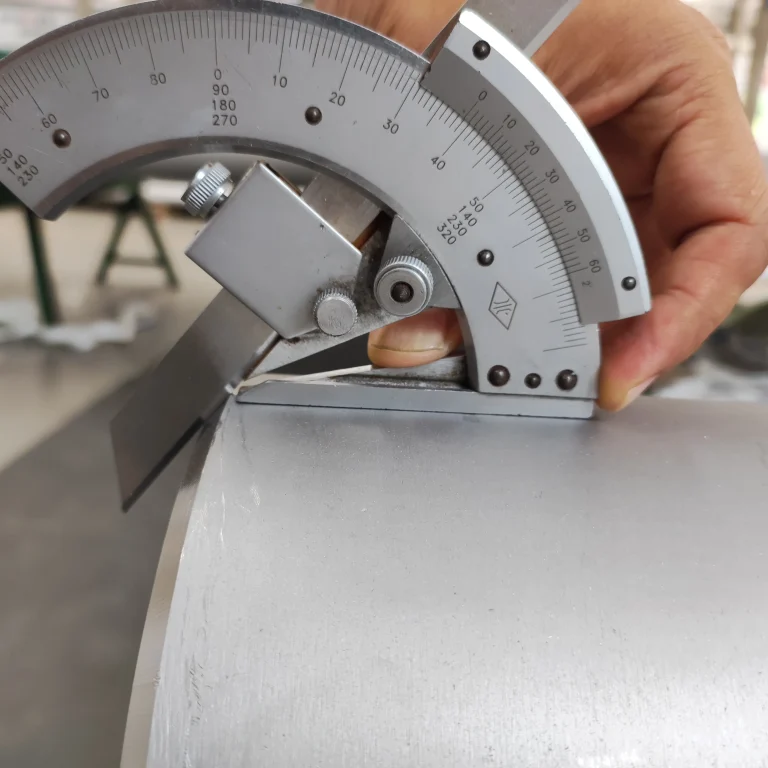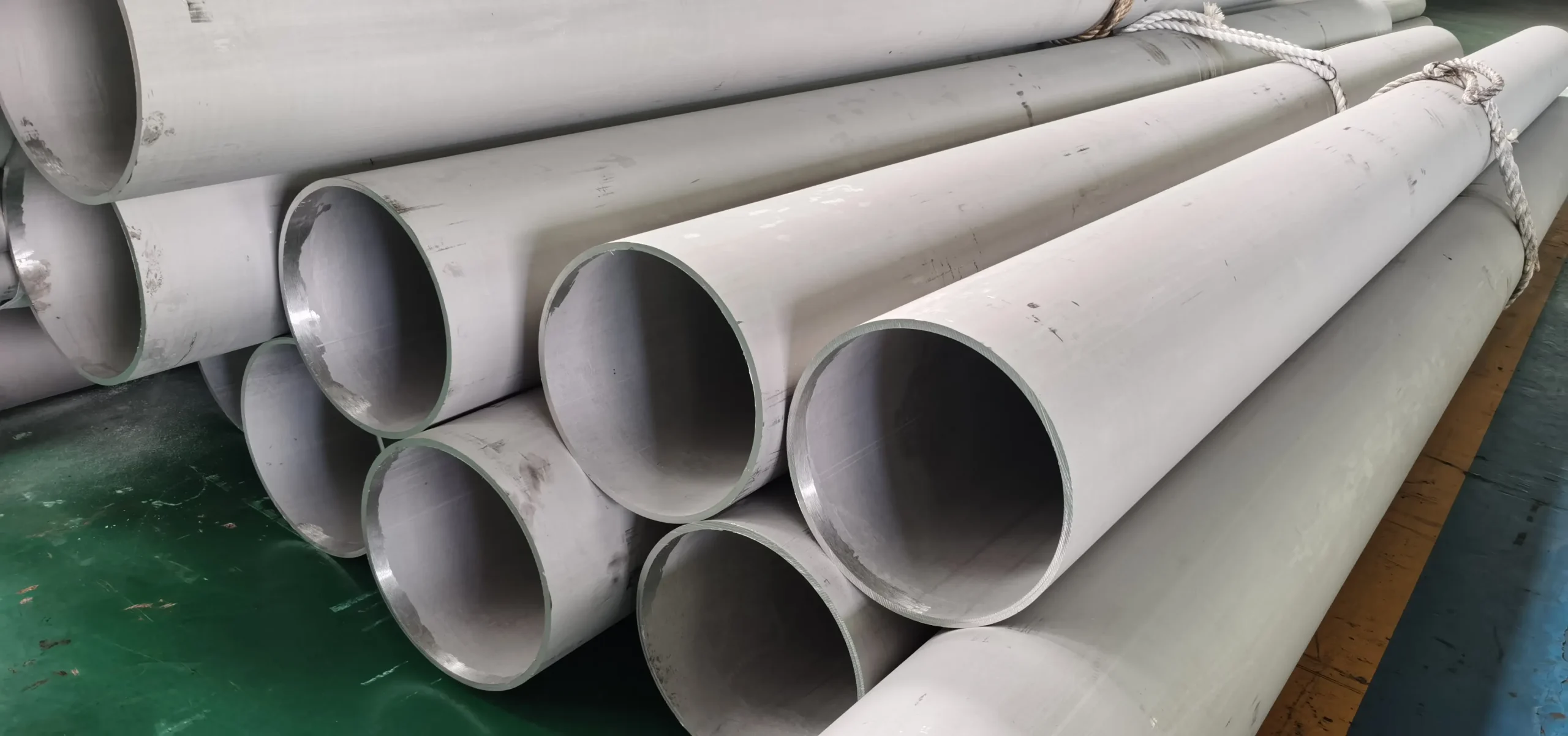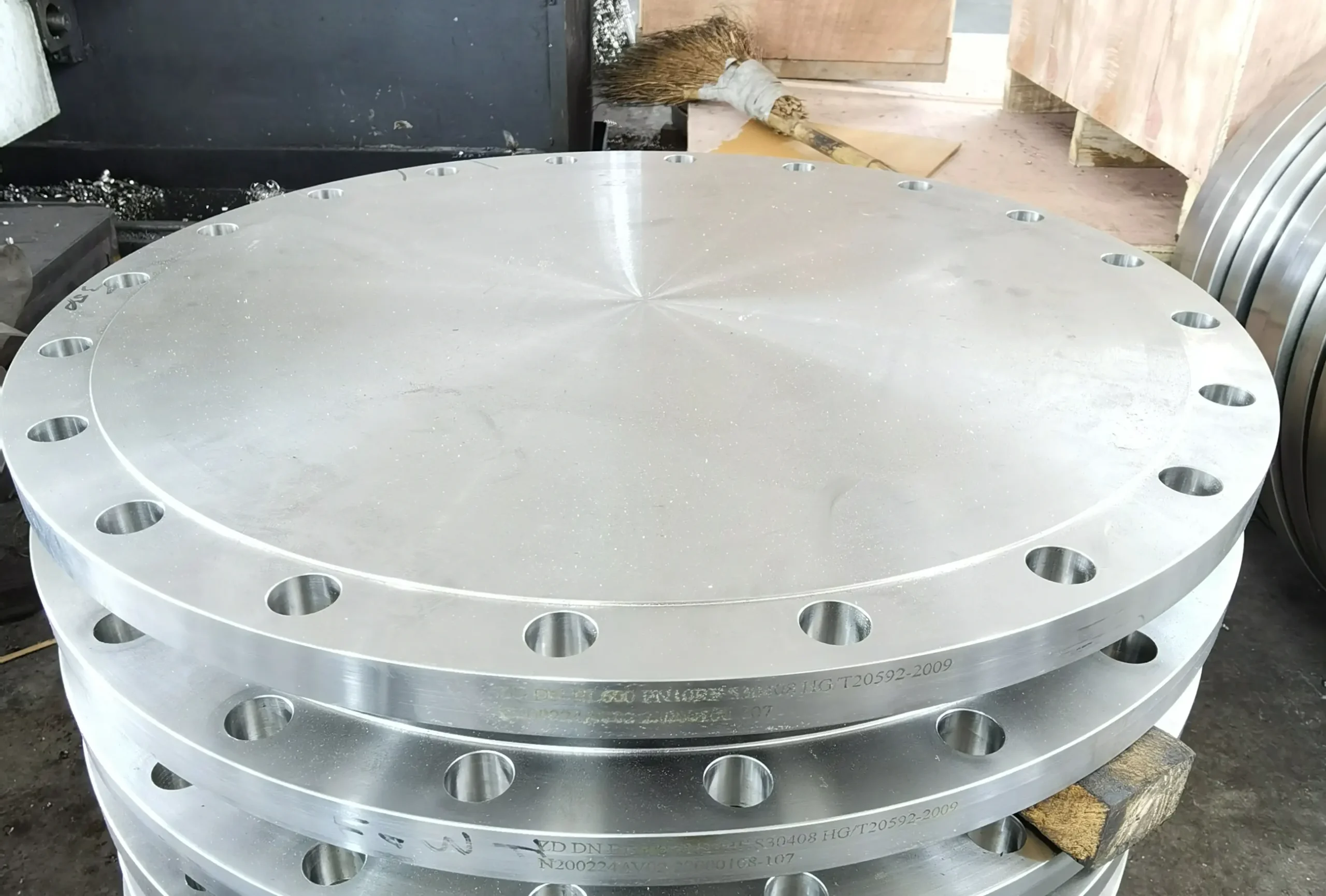Does stainless steel tarnish?This is a core question for anyone buying stainless steel pipes and stainless steel pipe fittings.The simple answer is that high-grade stainless steel resists tarnishing extremely well,but it is not completely immune.
The Science of Stainless Steel's Resistance
The protective mechanism of stainless steel lies in its passive protective layer.This thin film,composed of chromium oxide,forms instantly when the metal comes into contact with oxygen,shielding the underlying iron from corrosion and oxidation.Even if scratched or damaged,this film can rapidly self-repair as long as oxygen is present.
What We Do
- Plate
- Sheet
- Forgings
- Round Bar
- Flange
- Pipes
- Fittings
- Customized
Contact Us For More Information
Factors Causing Tarnish and Discoloration
Saltwater and de-icing salts are major threats.Chloride ions are small and corrosive.They attack and penetrate the passive film.This causes pitting corrosion,which appears as tarnish or rust.
Strong cleaning agents can damage surfaces.Avoid using bleach,ammonia or highly acidic cleaners.
Using abrasive sponges or carbon steel brushes is hazardous.Physical abrasion damages the passivation film,exposing the underlying iron and causing oxidation.
High heat from pipe welding can sensitize the steel.This causes chromium to migrate away from grain boundaries.The chromium-depleted area is left highly vulnerable to corrosion.
Key Advantages of Stainless Steel's Resistance to Tarnishing
The chromium oxide layer can self-repair when damaged.Upon contact with oxygen, the protective film is immediately rebuilt.
This material maintains its lustrous surface for decades.When used in mild to moderately harsh environments,its aesthetic qualities remain fresh and new without the need for painting.
Different grades of materials perfectly suit different environments.316 stainless steel is a good choice for marine applications,while other grades meet requirements for high purity or high temperatures.
The non-porous surface facilitates easy cleaning and effectively prevents the buildup of dirt and bacteria.Suitable for sanitary piping systems.
Possible Causes of Stainless Steel Tarnishing
304 stainless steel is prone to pitting corrosion in high-chloride environments.This localized corrosion manifests as dark spots or discoloration.Molybdenum-containing grades, such as 316 stainless steel, must be used.
High temperatures during manufacturing may cause discoloration,appearing as blue or yellow tints on the surface.This heat discoloration must be eliminated through post-weld heat treatment to restore the material’s full corrosion resistance.
Contamination and corrosion may lurk in narrow crevices.This is called crevice corrosion.Such conditions often occur beneath gaskets or fasteners. Proper joint design can minimize these vulnerable areas.
Stainless steel may corrode when placed adjacent to dissimilar metals.In the presence of moisture, electrochemical reactions can occur,accelerating the deterioration of one of the metals.
Common Pipe Grades Chemical Composition
| Grade | Cr | Ni | Mo | Tarnish Resistance |
|---|---|---|---|---|
| 304 | 18.0 – 20.0% | 8.0 – 10.5% | – | Good |
| 316 | 16.0 – 18.0% | 10.0 – 14.0% | 2.0 – 3.0% | Excellent |
| Duplex 2205 | 21.0 – 23.0% | 4.5 – 6.5% | 2.5 – 3.5% | Superior |
Common Pipe Grades Mechanical Properties
| Property | Grade 304 | Grade 316 | Grade 2205 |
|---|---|---|---|
| Tensile Strength (Min) | ≥ 515 MPa | ≥ 515 MPa | ≥ 620 MPa |
| Yield Strength (Min) | ≥ 205 MPa | ≥ 205 MPa | ≥ 450 MPa |
| Hardness (Typical) | ≤ 92 HRB | ≤ 95 HRB | ≤ 293 HRB |
Preventing Tarnish in Pipe and Fittings
- Selecting the Correct Grade: Choose the grade based on the application environment. When exposed to salt or chloride, always use 316 or duplex stainless steel grades. The higher cost associated with increased molybdenum content is justified.
- Cleaning and Passivation: Materials must be cleaned after welding or machining. Post-weld heat treatment eliminates heat discoloration and surface ferrite. Passivation restores the protective chromium oxide layer.
- Avoid Iron Contamination: Strictly prohibit stainless steel from contacting carbon steel. Iron particles will transfer to the surface, where they are highly susceptible to rusting.
- Routine Maintenance: Clean stainless steel pipe fittings regularly. Use mild soapy water to remove dirt and salt deposits, ensuring surfaces are thoroughly dried after cleaning.
You May Also Want To Read:
Does Stainless Steel Rust ?
Is Stainless Steel Magnetic ?
Contact Us
- RM901 No.22 Tangjiaqiao Road Wenzhou China
- +86 577 8551 1171
- [email protected]
- https://www.kaysuns.com/






